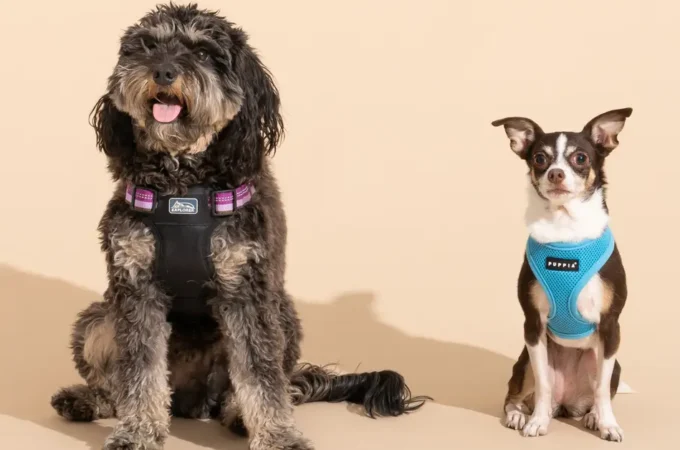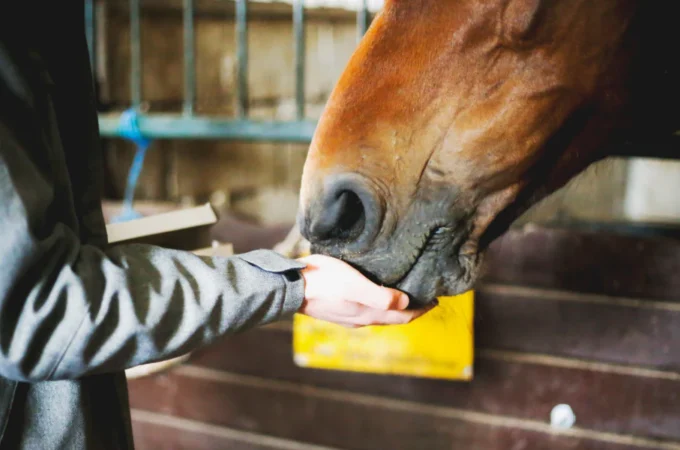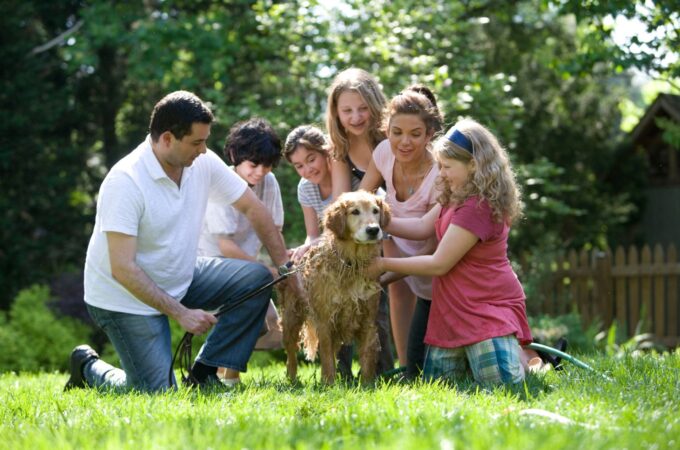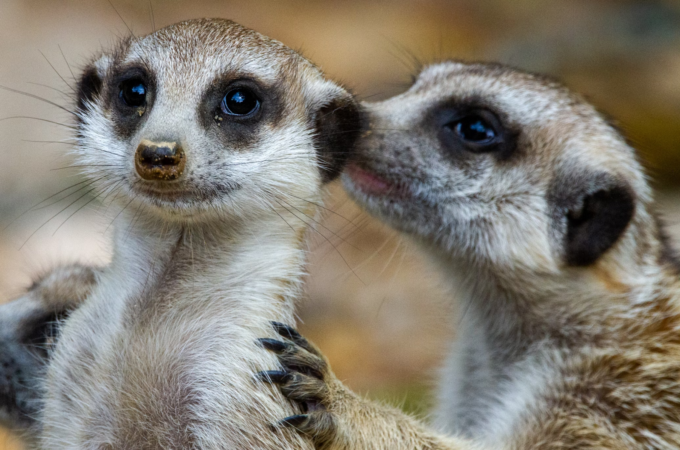
The Unexpected Meaning Behind Our Favourite Dog Names
These days, we treat our pet dogs like family members, and naming them is a serious business. In 2019, the most popular names for dogs included Bella, Ruby and Max – the kind of names you would expect on a classroom register. And there could be a good reason for this. One scientific study founds that the bond between an owner and their dog is similar to that between a parent and child.
But recent research from Audley Villages suggests that naming dogs was just as important for our ancestors. Stretching back to the Medieval era, names like Whitefoot and Clenche suggested a less sentimental connection.
By tracking popular dogs’ names through the ages, we can understand how our relationship with ‘man’s best friend’ has altered.
Medieval

Medieval dogs were primarily working dogs and would be more likely in the fields than curled up on a sofa. Prized for herding, hunting and guarding, dogs were commonly named for their useful attributes. Nosewise meant a good sense of smell. While names like Whitefoot and Sturdy point to physical traits, Magastamo meant big mouth!
So while dogs were primarily there to serve, this isn’t to say they weren’t viewed with respect. Fourteenth century hunter Gaston, Comte de Foix said: “I speak to my hounds as I would to a man…and they understand me and do as I wish better than any man of my household.”
17th century
By the 1600s, our relationship with dogs had evolved further. King Charles I enjoyed his spaniels so much that he gave his named to the breed. While dogs were still seen as useful, the most popular names showed a deeper affection for dogs in the culture. Names were less about what they did for us and more about their individual personalities.
Chanter seems a good name for a talkative dog and Tickler suggests a playful personality. Dogs were slowly becoming doted over, with Beauty, Darling and Duchess being popular names for female dogs.
William Shakespeare spared no affection for his pets, saying “Bulldogs are adorable, with faces like toads that have been sat on.”
Victorian times

By the Victorian era, dogs had turned from workers to family companions. Dogs were less frequently kept as working animals and had opted for an easier life in front of the parlour fire. And this is reflected in the changing naming traditions. By the late nineteenth century, Albert and Ivy were amongst the most popular names for both dogs and children.
It’s no coincidence that the RSPCA and Battersea Dogs Home were founded in 1824 and 1860 respectively. And both even before children’s charities NSPCC and Barnardo’s!
American writer Mark Twain was not alone in seeing the humanity in dogs. He famously said: “The dog is a gentleman; I hope to go to his heaven not man’s.”
For more about dogs and the roles they play today, check out this Audley Stories piece about therapy dogs.
Embed code:




